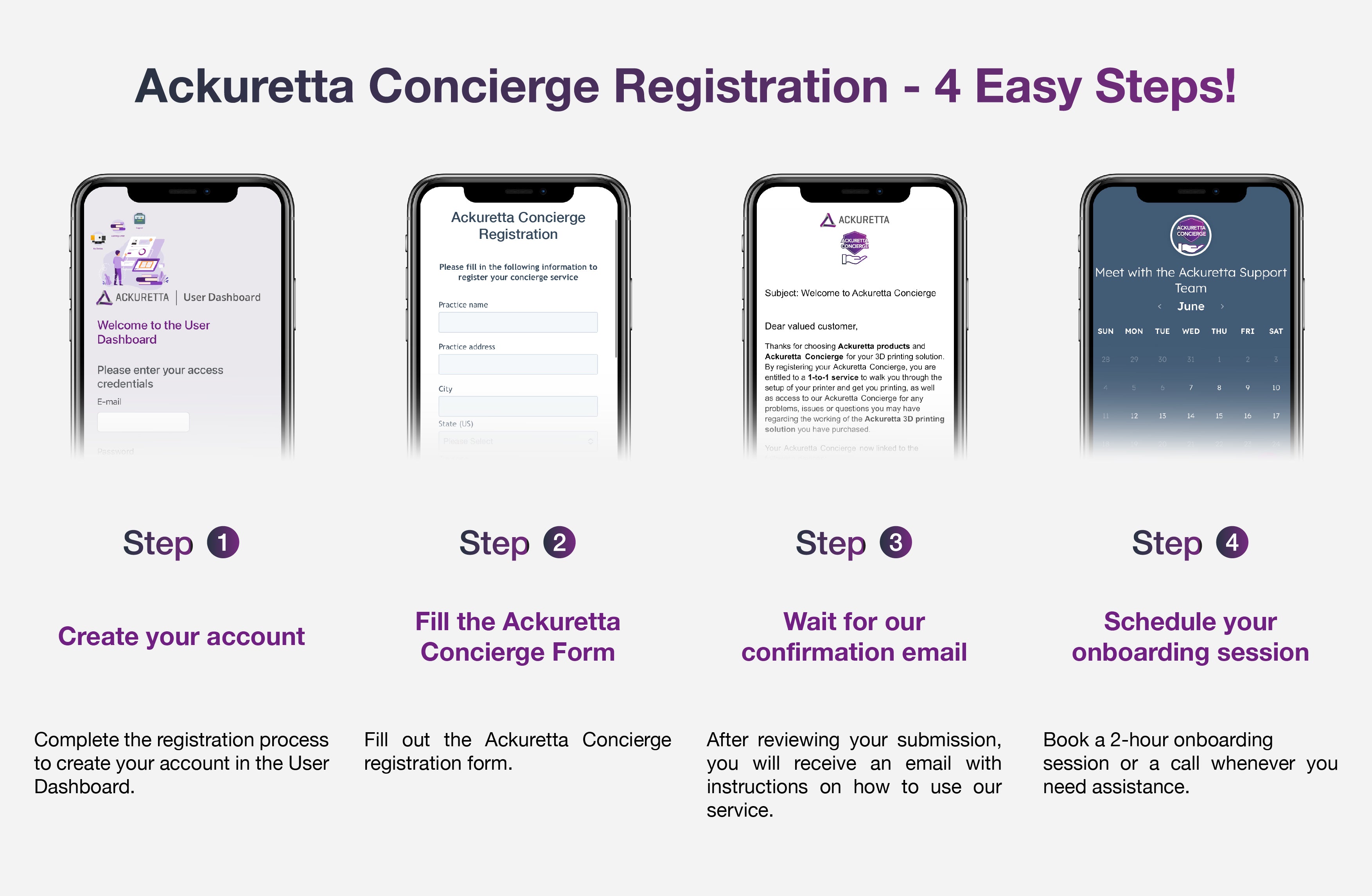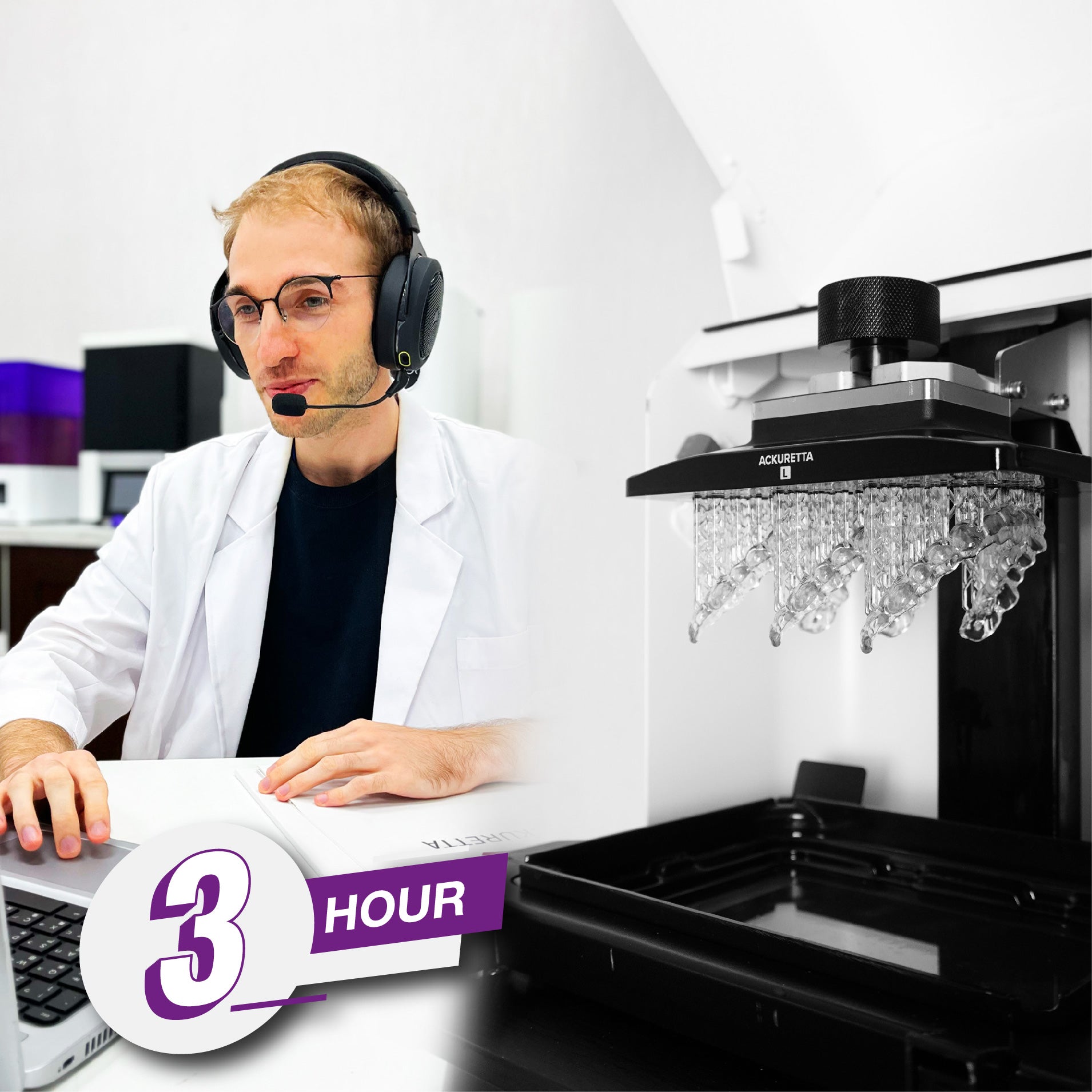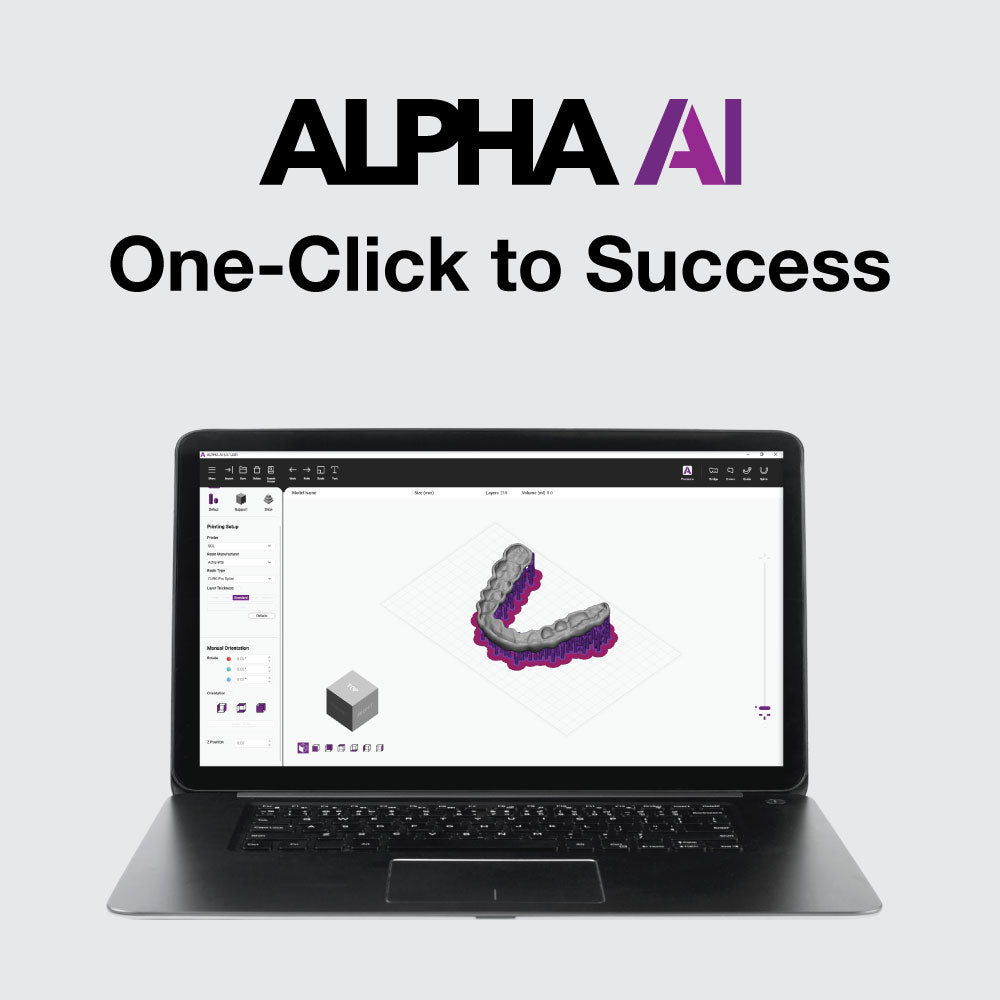Ackuretta interview series: Dr.Trang Tran -
leading the field of digital dentistry in Vietnam

Introducing Dr.Trang Tran, a digital dentist based in Vietnam, with a background and education in Digital Dentistry, Restorative Dentistry, and Next Generation Dental Technology. Ackuretta sat down with Dr.Trang to learn more about her career as a dental professional, her ongoing explorations with next generation dental technology, and her experience in the evolving world of digital dentistry:
1. Ackuretta: It’s great to sit down with you, Dr.Trang. Can you start by describing your journey as a dental professional and explain to our readers how you became interested in incorporating digital dentistry into your practice? What challenges and rewards have you experienced as a result of integrating digital technologies into your clinical workflow?
Dr.Trang: After four years working as a general dentist, I pursued a PhD in digital dentistry in Taiwan as well as a clinical master's degree in dental technology in Switzerland in order to position myself as a dental practitioner who uses digital tools. My perspective on dentistry is the same as it is about life: we cannot survive without the assistance of technology. Doctors work with people to improve their health, so any intervention must be precise, effective, and painless. I am convinced that technology can help dental professionals improve these aspects of their practices.
2. Ackuretta: How would you describe the dental industry in Vietnam, specifically digital dentistry?
Dr.Trang: Dentistry in Vietnam is evolving in two ways - human and technological. Dentists and dental technicians are more well-trained, eager to learn, have better skills, and are hardworking. Technology such as CAD-CAM, CNC milling machines, and 3D printing are well-integrated lab-side, while they are becoming more popular chair-side. Coupled with rising demand, digital dentistry in Vietnam has enormous potential for growth.
3. Ackuretta: What do you think is the biggest entry barrier to digital dentistry in the Vietnamese market? Do you have any ideas about how to solve it?
Dr.Trang: I believe the most significant barrier is human. We have a young generation of dentists who are eager to use digital tools but lack experience, whereas experienced dentists are proficient in traditional workflows and face challenges in investing in new technologies and protocols. Human productivity in dental laboratories is high, which means that technicians can make prostheses sometimes faster and at a lower cost than using a digital workflow. However, with the global trend towards digital dentistry, Vietnamese practitioners must prepare for changes in the dental market. Additionally, more dentists and dental technicians are required to be trained to apply digital tools in their daily practice.

4. Ackuretta: Please describe your workflow for a patient requiring crown treatment. How would an Ackuretta 3D Printing Solution change this workflow?
Dr.Trang: Patients requiring crown treatment at our clinic are usually the ones who have intense damage to the tooth structure or who want to replace old restorations. In both cases, temporary prosthesis is necessary to protect the remaining tooth structures, maintain the position and healthy condition of surrounding teeth and gingival tissue, as well as ensure the patient’s oral aesthetic and function. In-house 3D printing technology provides our clinic opportunities to fabricate high-quality temporary prosthesis quickly right on the day of tooth preparation/implant placement or even before that. 3D printed applications for temporary crowns are strong enough that I am able to prolong the temporary phase in many complicated cases. It is very effective to have an in-house 3D printing system to save time and better control treatment results.
5. Ackuretta: Do you consider digital dentistry and 3D printing for dentistry a game-changer for the industry?
Dr.Trang: 3D printing is unquestionably a game changer in digital dentistry. This manufacturing method has many advantages, including time, cost and material savings, along with accuracy and reliability. As 3D printed materials continue to improve, digital dentistry technology will undoubtedly become the primary method for fabricating prostheses and appliances in dentistry.
6. Ackuretta: In your opinion, how important is mastering CAD/CAM software in the field of digital dentistry?
Dr.Trang: Designing with CAD software necessitates human intervention, whereas CAM 3D printing software should ideally be automated by incorporating artificial intelligence to reduce errors, as Ackuretta’s ALPHA AI slicing software does.
7. Ackuretta: Where do you see digital dentistry in 10 years?
Dr.Trang: I believe that there will be many changes in dentistry over the next ten years, particularly with advances in digital dentistry. Due to its unquestionable advantages, 3D printing is highly likely to eventually supplant milling technology. The materials market is also growing in tandem with increasing adoption of 3D printing technology. AI will be integrated into many aspects of the dental field, including both clinical and laboratory work.
___________________________
Dr.Trang received a Master in Digital Dental Technology from the University of Geneva, a Doctor of Dental Surgery from the University of Medicine and Pharmacy, and a Doctor in Dentistry from National Yang-Ming Chiao-Tung University. She has received a Young Investigator Prize and been published in the International Journal of Computerized Dentistry and Journal of Dental Science.
































































 Loading ...
Loading ...




